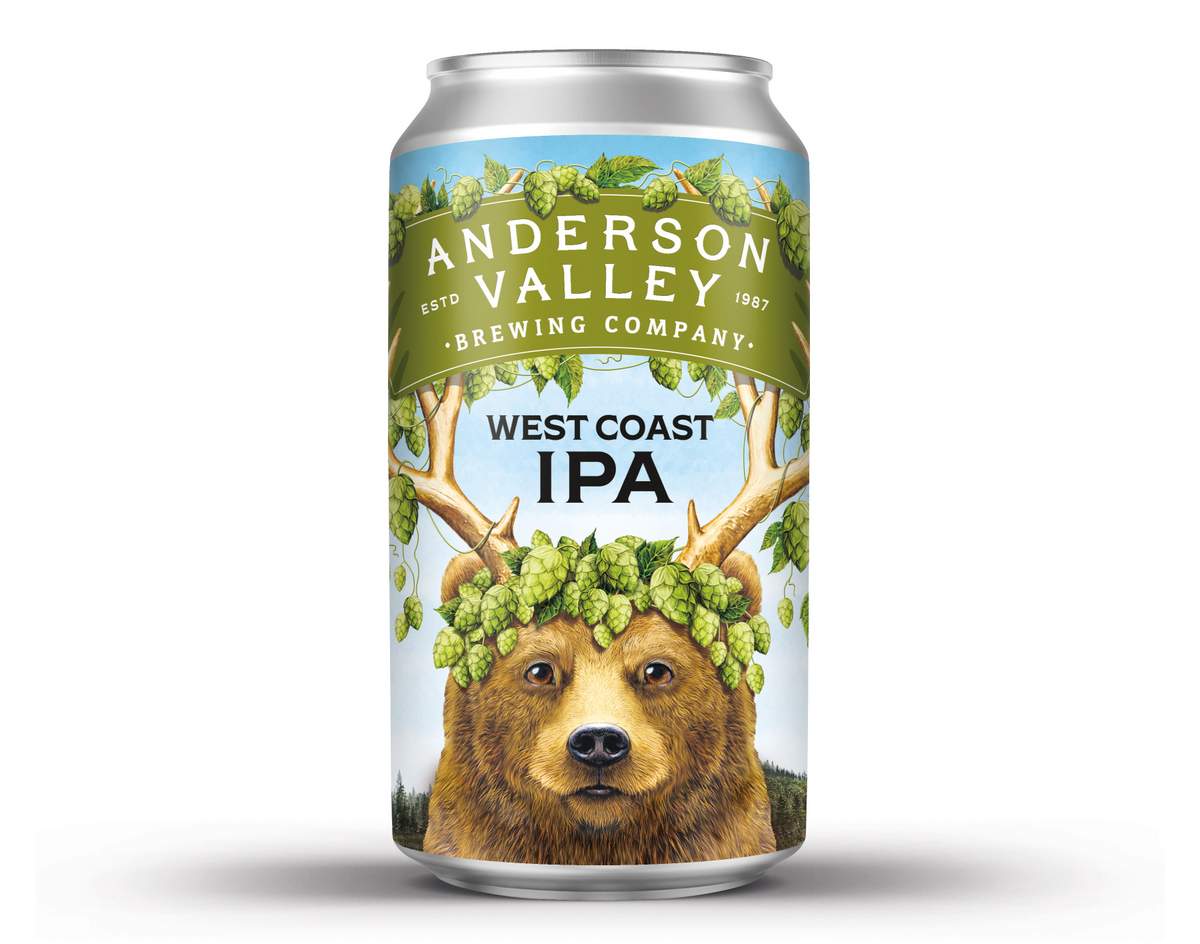
It’s the end of the year — a time for reflection. Over the last couple of weeks we here at CBB have been reflecting on craft breweries that embrace sustainability — for no particular reason other than it’s cool. First off, it’s difficult for breweries to even be considered eco-friendly businesses, so it means a lot to us when it’s part of their ethos. I’m currently doing a five-part series on the CO2 shortage for craft breweries, and boy, do craft breweries both use and create a lot of CO2. I won’t even get into water, hops, grain, wastewater, packaging, distribution and energy usage. Luckily, forward-thinking brands are addressing these big eco issues, and we must applaud them so others follow.
For over 34 years, Anderson Valley Brewing Co. has touted “sustainably hand-crafted authentic ales and lagers with balance and complexity.” That might sound like a bit of marketing pitch until you take a quick and/or long look at Anderson Valley’s impressive list of green practices and initiatives. There’s not many companies in the world (not just breweries) that can check boxes like…
- The world’s first completely solar-powered brewery
- Zero impact water program
- Reducing CO2 usage by over 70 percent
- Producing net zero solid waste
- Being completely glass and plastic free and embracing the most sustainable beer packaging possible.
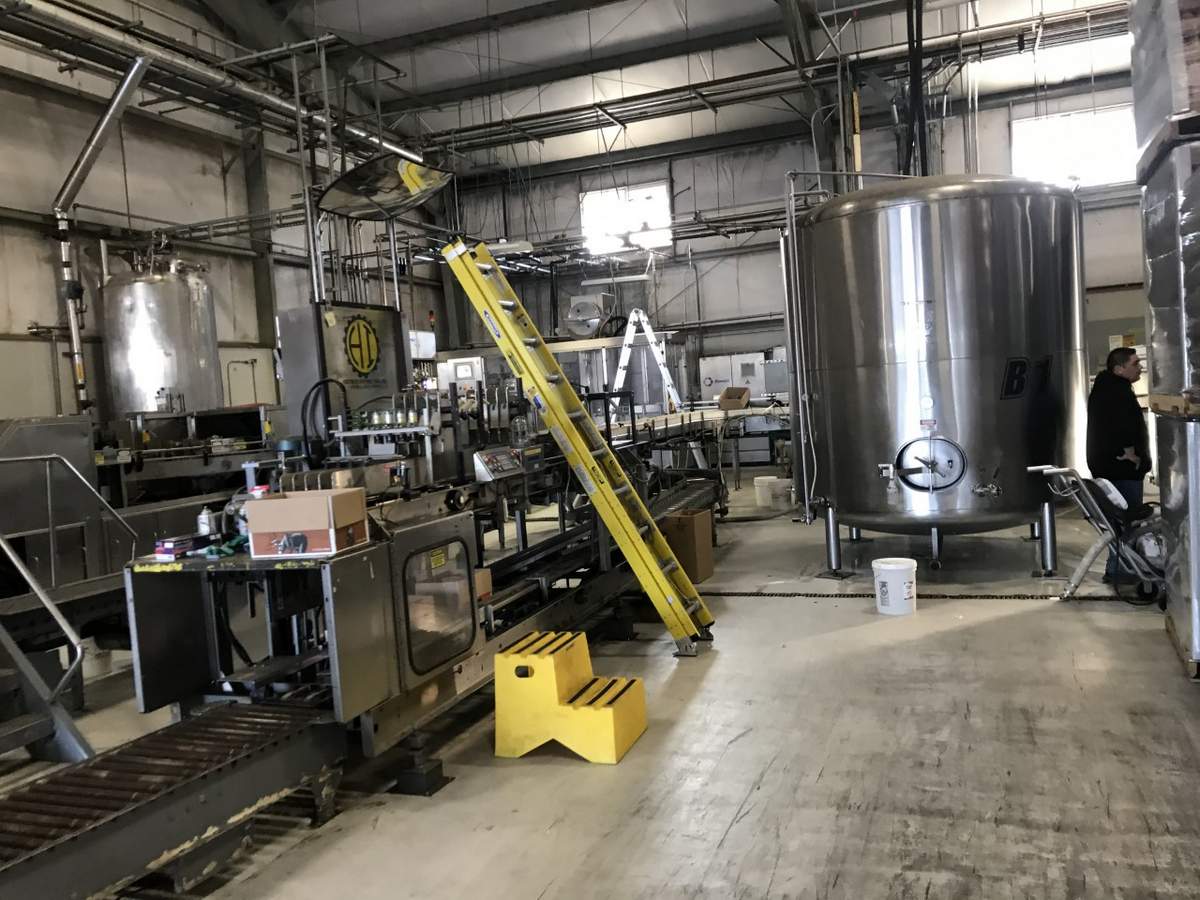
Focusing on that last entry first, Anderson Valley just announced it has officially phased out all glass bottle packaging for aluminum cans with cardboard wraps, transitioning the brewery’s beers into a more sustainable beer package. From the press release:
Why cans? Aluminum is endlessly recyclable, and even better, recycling a can uses 90% less energy than glass bottles. And because cans are lighter and ship more efficiently AVBC has been able to reduce its trucking by almost 60% by switching from glass. Aluminum cans also keep beer fresher by allowing a more airtight seal and blocking all UV light.
“Our last run of Boont Amber in glass bottles was a bit bittersweet because of how historic that beer is, but we have now officially transitioned entirely to aluminum cans with cardboard wrap packaging,” said President and CEO Kevin McGee. “We also found that with our new cardboard wraps we use 52% less total cardboard than our old glass package format and we can reduce our overall material costs by up to 30% while doing better for the planet. This is the most environmentally responsible beer package available — a milestone that has allowed us to dramatically reduce both supply chain and packaging costs all while dramatically reducing our carbon footprint.”
That’s just one line item on Anderson Valley’s impressive list of environmental initiatives. Consider the California craft brewery invested in solar way back in 2005, and it just recently upgraded its solar infrastructure, creating more energy than it needs, giving clean energy back into the grid. Take a look.
Now, living in Cleveland, I don’t understand much about the sun, but water we get here. Anderson Valley has this very cool zero-impact water program. It sources water from 10 wells on its 30-acre property. It also treats all of its wastewater onsite, so, unless water goes out as beer or some other bevy, all water sourced from those wells gets treated, reused, stored or returned onsite. Here’s a look into those wastewater measures.
Anderson Valley is also a big proponent of using nitrogen instead of CO2 in various processes around the brewhouse and packaging hall. N2 is the most economical inert gas to produce (breweries can add a nitrogen generator onsite), and N2 can find some productive applications in the beer business, replacing CO2. N2 is cheaper to buy than beverage-grade CO2, and it’s usually more readily available, depending on your regional supply. But most importantly, nitrogen is way more environmentally friendly (it’s already most of our atmosphere), and by using it, you’re emitting less CO2.
In brewing and packaging, N2 can be used to prevent oxygen from getting into the beer. If used properly (most folks mix CO2 with N2 when handling carbonated beer), N2 could be used for tank cleaning, pushing beer from tank to tank, pressurizing kegs before storage, purging cans during under-lid gassing and infusion of nitro instead of CO2 as an ingredient for flavor and mouthfeel. In the bar, nitro can be used in tap lines for nitro beers and in high-pressure/long distance applications where nitrogen is blended with a specific percentage of CO2 to prevent a foamy beer at the tap. N2 can even be used as a stripping gas for water deaerating, if that’s a part of your operations. Anderson Valley has a nitrogen generator, and the company has reduced CO2 usage by more than 70 percent. Dig it.
There’s more! I like more. For instance, Anderson Valley Brewing has a brewing production cycle that produces net-zero solid waste. Initiatives like sending 100 percent of spent grains to farmers for cattle feed and reusing or recycling barrels keeps everything from going to the landfill. Very cool. Now, with its products moving to cans, it’s been able to reduce shipping costs by 60 percent, and that’s a big cut in CO2. Also, did we mentioned Anderson Valley Brewing makes awesome beer?
Founded in 1987 in the lower level of Boonville, Calif.’s Buckhorn Saloon, Anderson Valley Brewing Co. has grown to be widely recognized as one of the true pioneers in eco craft brewing. From the flagship Boont Amber Ale to its renowned bourbon barrel-aged portfolio to its innovators of gose and fruited-sour styles, every Anderson Valley Brewing beer is crafted with a natural balance. Anderson Valley Brewing is available in 39 states and at its taproom in Boonville, Calif. If you see it, grab this beer. Learn more about all of its eco-initiatives right here.

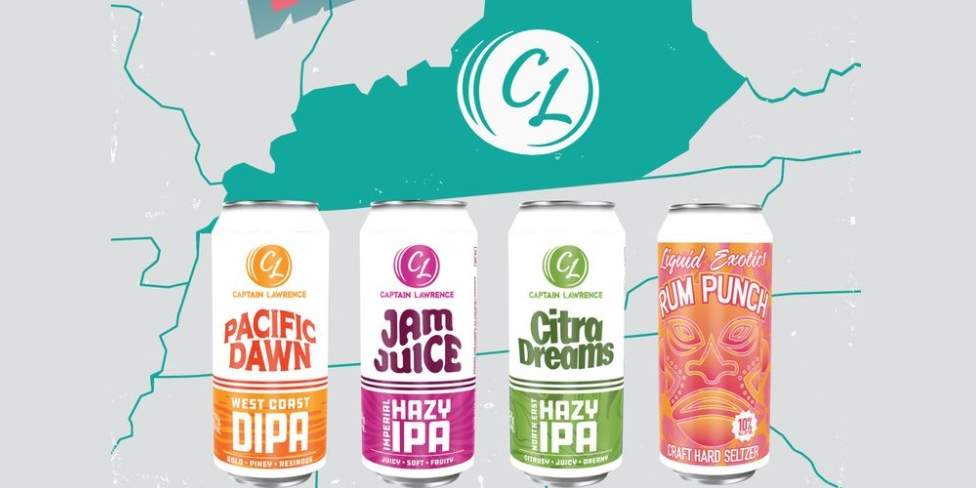
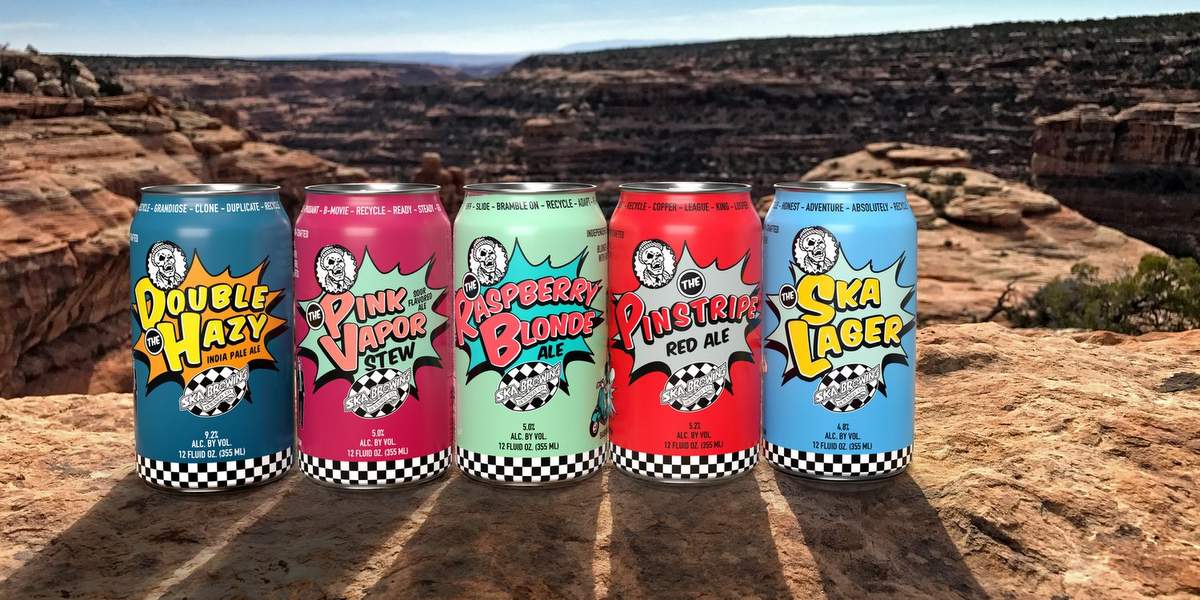
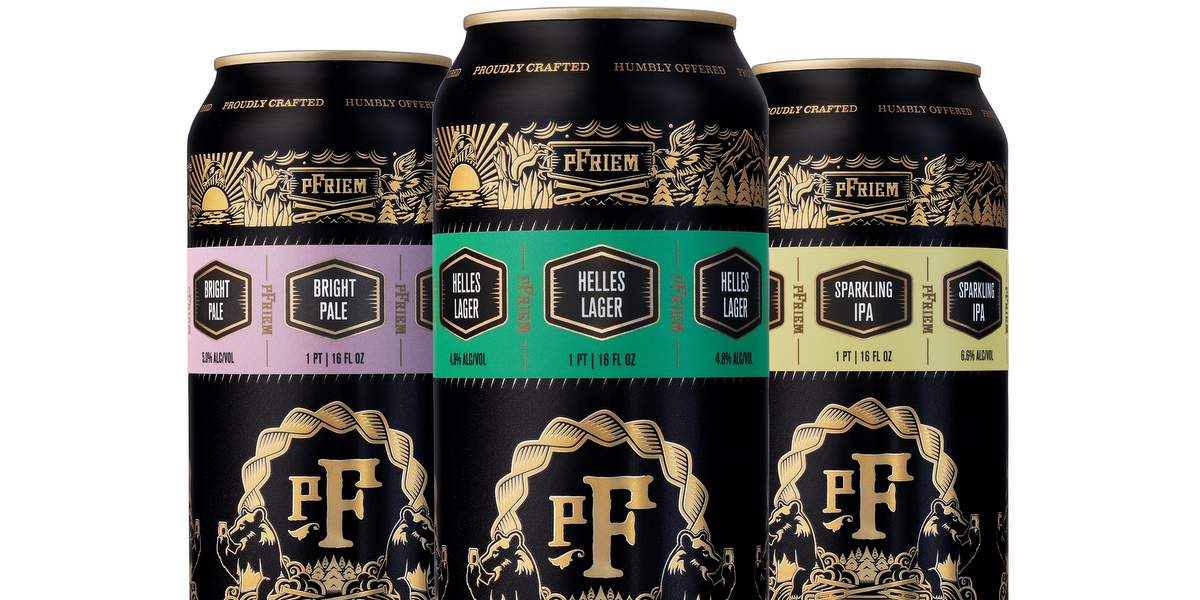
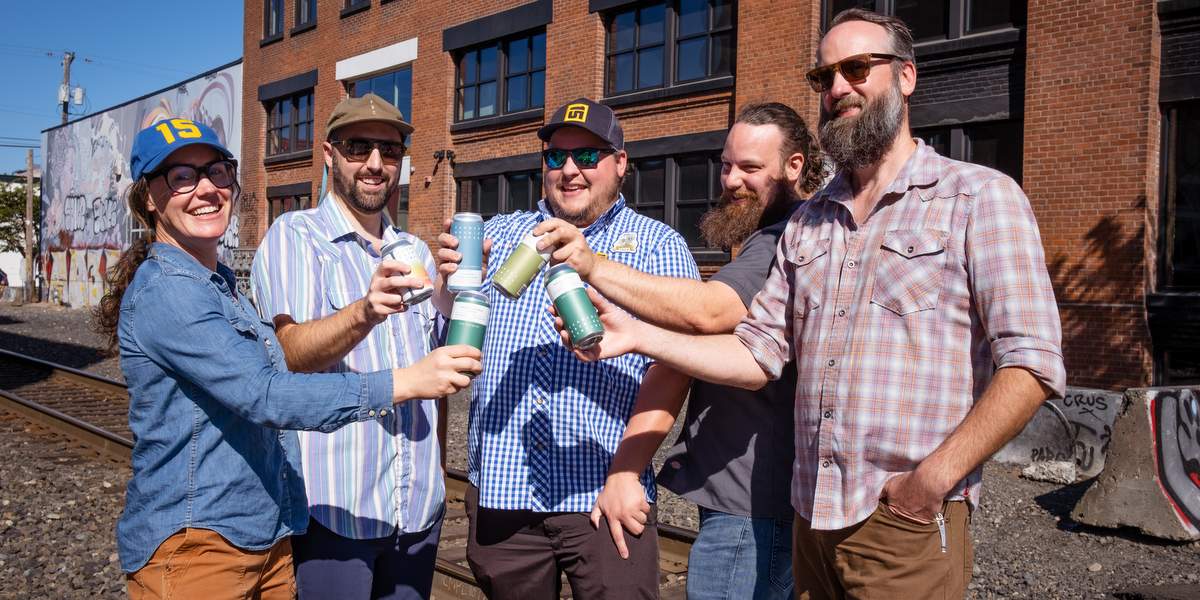

[…] Hazy Little Thing cannot, will not be stopped… Solar-powered Anderson Valley Brewing Company bids adieu to bottles after 34 years; cans and cardboard wraps it is… Under new ownership, Penn.’s […]